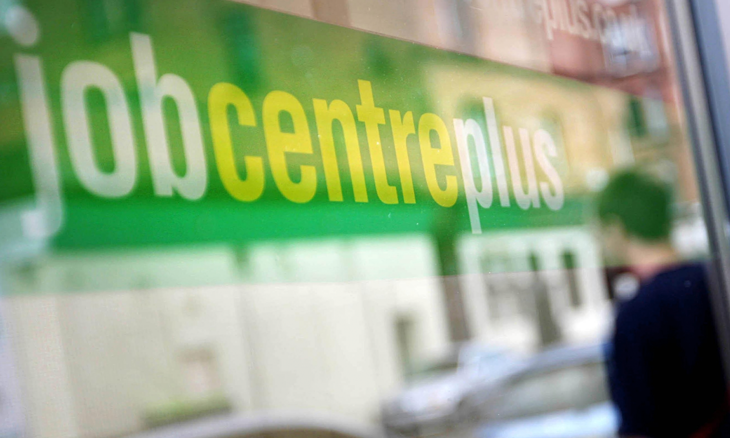 Jobcentre Plus
Jobcentre PlusAccording to the Office for National Statistics (ONS UK Labour Market Report, September 2015) unemployment has gone up by 10,000 in the last quarter.
The employment estimates include all people in work including those working part-time. People not working are classed as unemployed if they have been looking for work within the last 4 weeks and are able to start work within the next 2 weeks. A common misconception is that the unemployment statistics are a count of people on benefits; this is not the case as they include unemployed people not claiming benefits.
Attention Recruiters
See Live Jobs on SplitFee.org – Don’t Miss Out
It’s FREE if you Join Now
Jobless people who have not been looking for work within the last 4 weeks or who are unable to start work within the next 2 weeks are classed as economically inactive. Examples of economically inactive people include people not looking for work because they are students, looking after the family or home, because of illness or disability or because they have retired.
Main points for May to July 2015
- There were 1.82 million unemployed people (people not in work but seeking and available to work), 10,000 more than for February to April 2015 but 198,000 fewer than for a year earlier.
- There were 31.09 million people in work, 42,000 more than for February to April 2015 and 413,000 more than for a year earlier.
- There were 22.74 million people working full-time, 361,000 more than for a year earlier. There were 8.36 million people working part-time, 52,000 more than for a year earlier.
- The employment rate (the proportion of people aged from 16 to 64 who were in work) was 73.5%, little changed compared with February to April 2015 but higher than for a year earlier (72.8%).
- The unemployment rate was 5.5%, unchanged compared with February to April 2015 but lower than for a year earlier (6.2%). The unemployment rate is the proportion of the labour force (those in work plus those unemployed) who were unemployed.
- There were 8.99 million people aged from 16 to 64 who were economically inactive (not working and not seeking or available to work), 24,000 fewer than for February to April 2015 and 65,000 fewer than for a year earlier.
- The inactivity rate (the proportion of people aged from 16 to 64 who were economically inactive) was 22.1%, little changed compared with February to April 2015 but down slightly from a year earlier (22.3%).
- Comparing May to July 2015 with a year earlier, both total pay (including bonuses) and regular pay (excluding bonuses) for employees in Great Britain increased by 2.9%.
Chris Jones, Chief Executive of the City & Guilds Group, said:
“We can’t lose sight of the fact that 15.6% of young people are still unemployed, even though overall unemployment is starting to steady. It’s crucial that the Government tackles the root of this joblessness. Too many of them are struggling to find work because they didn’t get adequate careers advice in school. That’s why we need to use labour market information and the latest data on skills gaps to shape the careers advice on offer. We also need to see even closer links between careers advice services in schools and Local Enterprise Partnerships (LEPs) who can advise on the labour market.
“After all, young people deserve to know about all of their options, including professional and technical education. Analysis we commissioned from the economics firm Cebr shows that a 10% increase in vocational education enrolment for 16 – 18 year olds would cut youth unemployment by 1.5 percentage points – that’s more than 10,500 people.”
Here’s the COMPLETE set of Accredited Recruitment & HR courses







